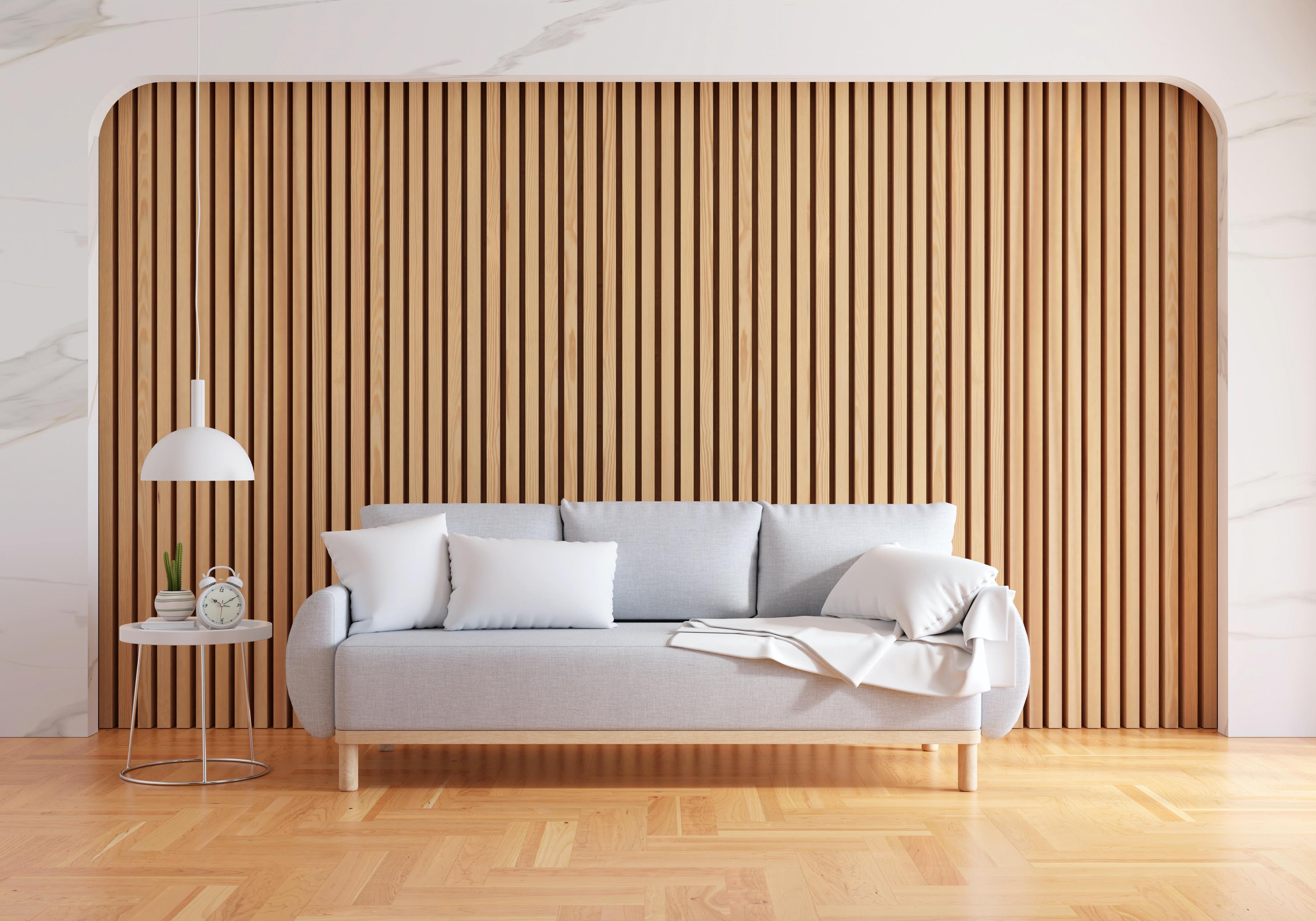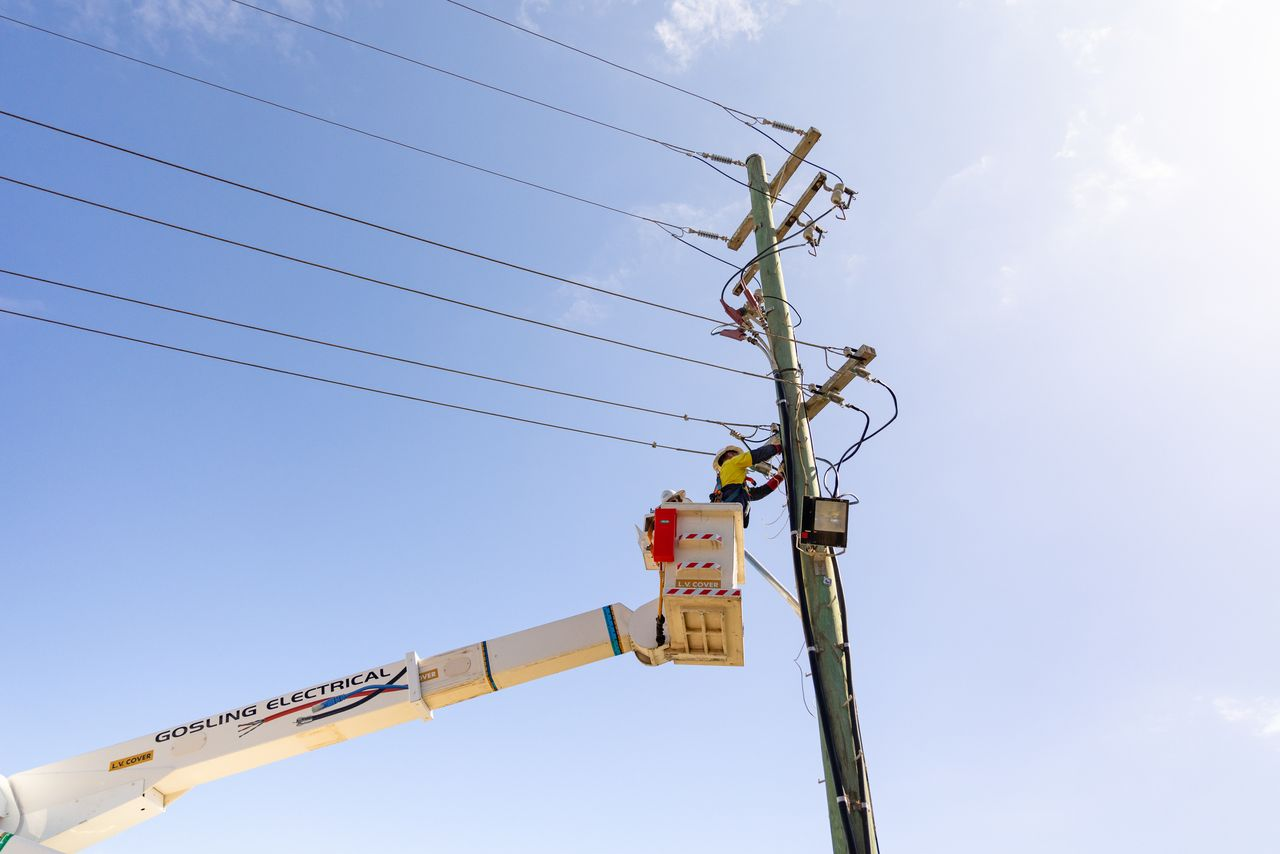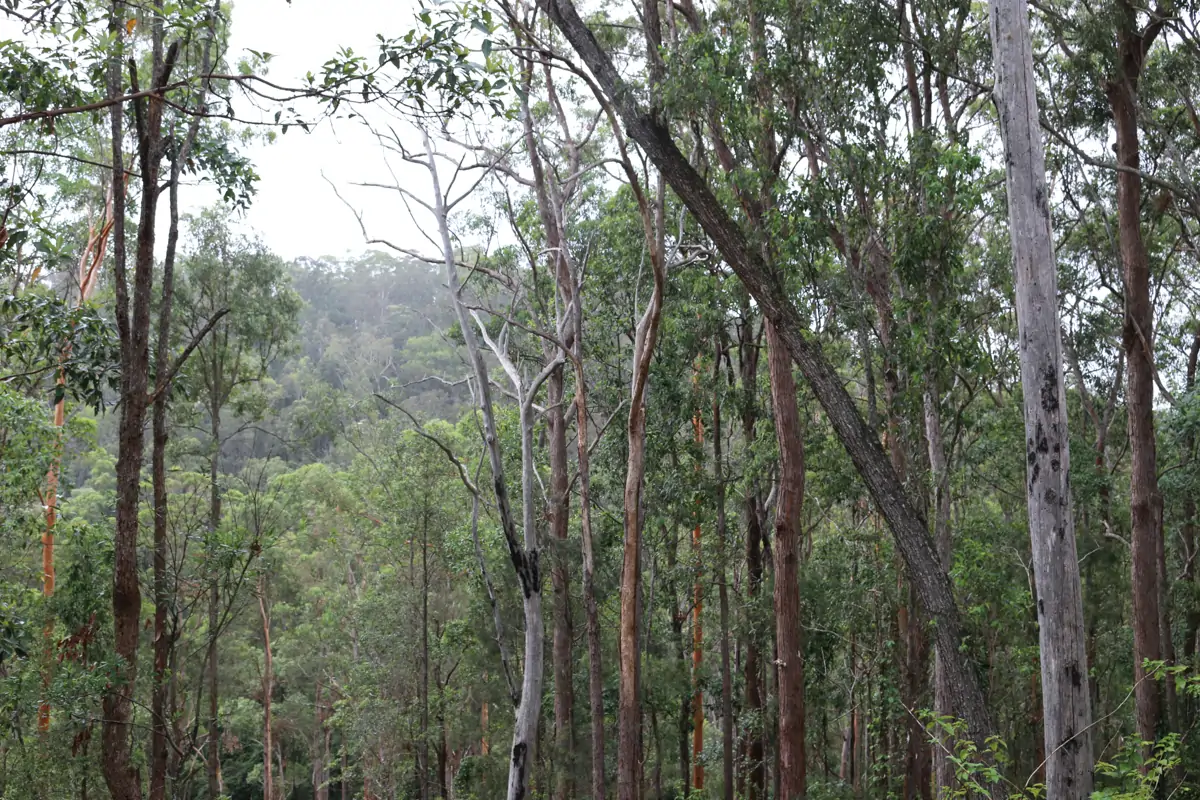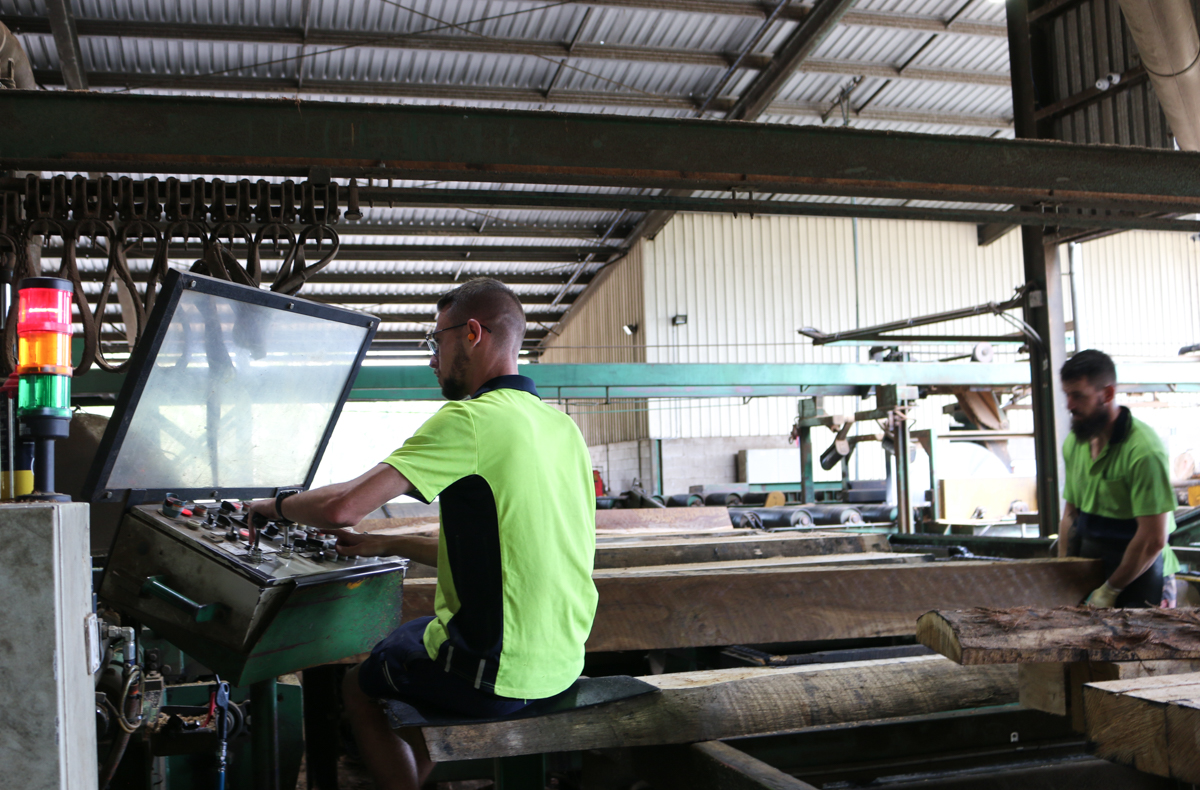Timber has always been a cornerstone of Australian industry and culture. From early settlement when forests supplied essential building materials and fuel, to today’s modern timber industry shaped by sustainable practices and innovative technologies, timber in Australia has experienced significant transformation. This blog explores the changing timber trends in Australia, focusing on sustainability, technological advancements, and market dynamics.
1. Demand for Sustainably Sourced Timber
A growing demand for ensuring timber has been sourced responsibly and with minimal environmental impact has seen a rise in sustainable forestry practices and the introduction of industry certification programs such as Forest Stewardship Council (FSC). There is a growing trend for using timber that has been locally sourced, and minimising the carbon footprint of transportation is also seeing greater demand.
Plantation timber, specifically grown for controlled harvesting is helping to service this demand, with Eucalyptus and pine being the predominant species, providing a renewable resource that benefits both the environment and the economy.
2. Technological Advancements
The advent of engineered wood products, including cross-laminated timber (CLT) and laminated veneer lumber (LVL) has revolutionised the timber industry. Manufactured by bonding together layers of wood, these products are now more commonly being used for large more complex building projects.
Digital technologies are also transforming the timber industry. Advanced software and precision machinery enable more efficient processing and utilisation of timber resources.
3. Market Dynamics
With a substantial portion of Australian timber servicing the construction industry, any change in demand here greatly influences timber trends. Eucalyptus and pine are favoured for their lightweight and versatile properties. The growing trend of using timber in higher-density constructions, coupled with the increasing demand for sustainable green building materials with lower carbon footprints, is driving significant growth in timber demand.
4. Changing Design Trends
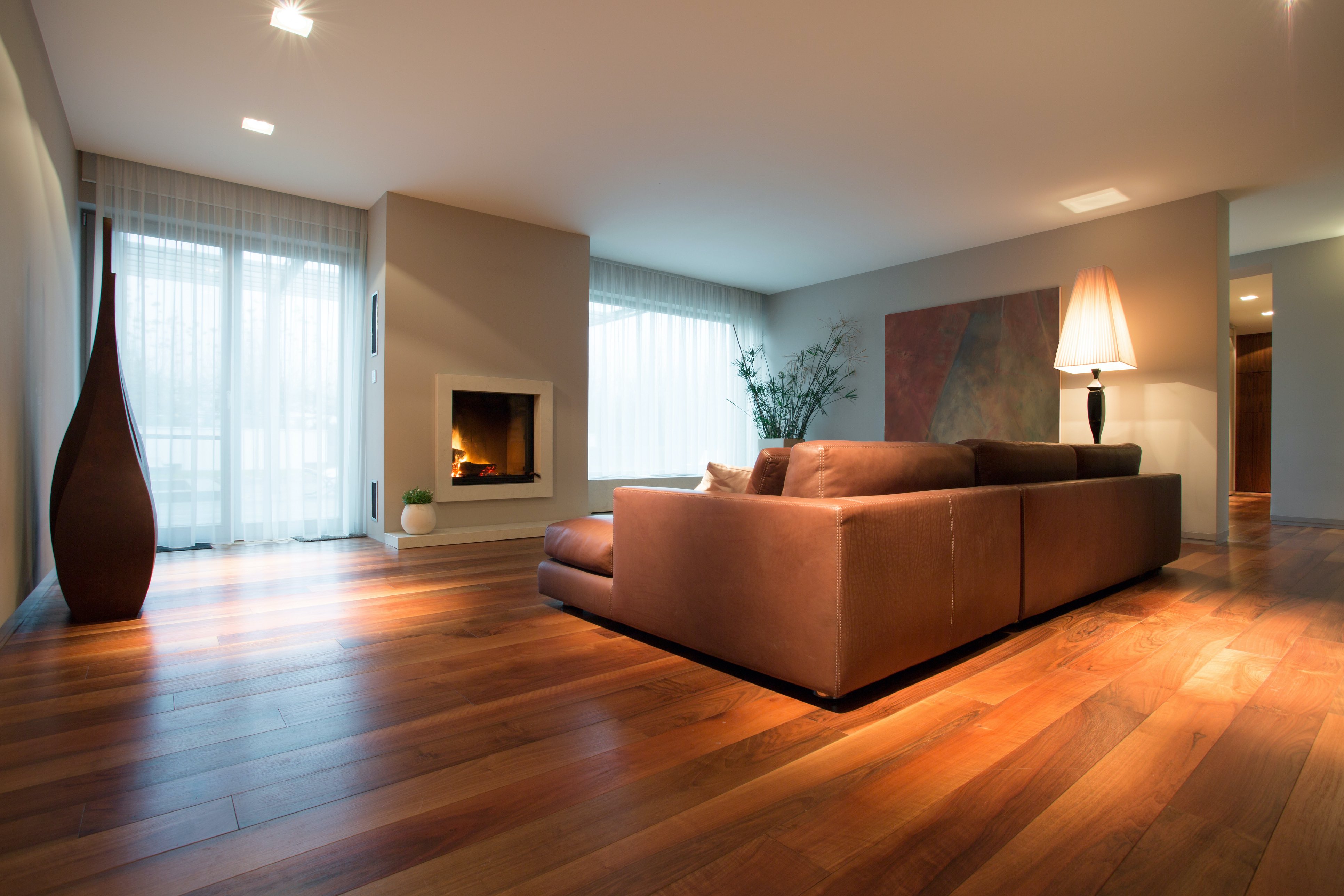
Dark woods are making a comeback. Australia’s leading interior design thinkers including Better Homes & Gardens and Home Beautiful identify that richer, warm, dark tones of timber are already beginning to trend, marking a resurgence of what has been considered a ‘dated’ design choice in more recent years.
This resurgence is not one we have seen in this century, in fact it was back in the 1970’s where warmer redwoods like Red Mahogany, Sydney Blue Gum and Turpentine first became popular, and it wasn’t until the 1990’s, that hardwood timber flooring became popular again using species like Brush Box, to create high gloss parquetry styles.
The blending of indoor and outdoor living remains a key trend, driving continued growth in demand for timber flooring and decking. Emphasising simplicity, functionality, and the beauty of natural materials, this trend fosters a connection between humans and nature in built environments.
Moreover, timber’s resurgence in outdoor living spaces is evident. Timber decks, pergolas, and outdoor furniture are increasingly popular as homeowners seek to expand their living areas into the outdoors. With its durability and natural beauty, timber is an ideal choice for creating inviting and functional outdoor spaces that seamlessly blend with the natural environment.
Although some dark woods may be back in fashion, paler “blonde”timbers are still the most popular choice. Since the turn of this century, blonde, pale colour timbers have trended predominantly driven by their characteristics and wide availability, supporting fashionable white and grey style interiors, including Scandi, Coastal and Hamptons to name a few. Blonde timber flooring is still the number one choice of hardwood flooring in Australia today.
5. High Demand Timber Species
Two of the most in demand Australian hardwood timbers are the Blackbutt and Spotted Gum species, favoured for their strength, durability, fire-retardedness, as well as their beauty. Other popular species include IronBark, Tallowwood, Grey Gum, White Mahogany and Grey Box, however these are not as resistant and have more limited availability. You can read more in our extremely popular Guide to Northern NSW Native Trees.
Blackbutt (Eucalyptus pilularis)
Blackbutt is one of the most sought-after Australian hardwood species native to Eastern Australia. This distinctive species is dark at its base and lighter above hence its name. When milled, the timber is usually a pale yellow to medium honey brown colour, sometimes with hints of red. Renowned for its texture and strength, blackbutt boasts a medium to coarse texture with predominantly straight grain patterns. Durable and easy to manipulate, it has many uses from outdoor decking, flooring and fencing to furniture, cladding and various structural applications.
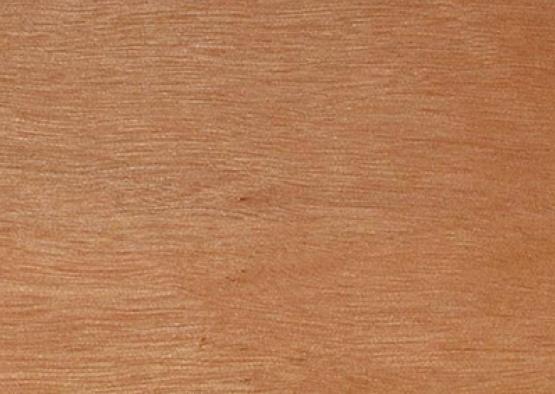
Spotted Gum (Corymbia maculata)
Spotted Gum, a popular Australian hardwood species, is commonly found in Northern New South Wales. Its unique colour palette varies from creamy tones to rich browns, often complemented by subtle hints of grey and pink. The grain pattern is usually straight or slightly interlocked, giving it a medium to coarse texture. Interestingly, you might come across specimens with a distinctive wavy grain pattern, adding character to the wood’s appearance.
Furthermore, Spotted Gum is renowned for its fire resistance and remarkable durability, making it an excellent option for outdoor decking, furniture making, flooring, fencing, cladding, and a variety of construction projects.
Example Spotted Gum timber. Source: Wood Solutions
Summary
The Australian timber industry is evolving rapidly, driven by sustainability, technological advancements, and changing market demands. Embracing these timber trends is crucial for building a sustainable future and ensuring the industry’s longevity and resilience while positively impacting Australia’s economy and environmental stewardship.
Are you a private native forest owner?
Now is the time to consider sustainable forest management practices. By embracing sustainability, you can preserve biodiversity, minimise environmental impact, and meet the growing demand for responsibly sourced timber. Connect with us today. Sustainable Forest Management are the leaders in sustainable management of private native forests and plantations across NSW North Coast. Contact us for a free assessment and valuation of your forest at 1300 367 378.
